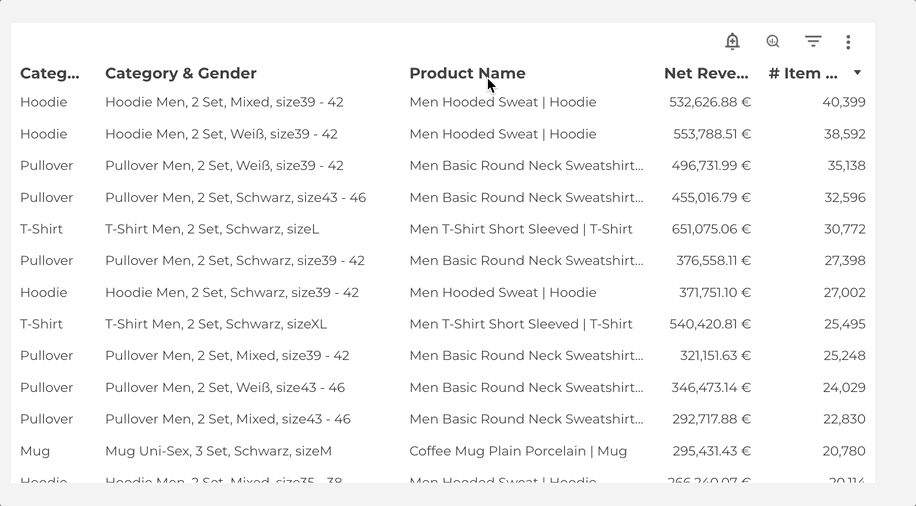
Before and during my computer science studies I already had a few web projects going, ranging from designing websites to managing storage areas on the hosting level. But so far I had never really tracked a website.
It has become essential in today's time to know the behavior of website visitors. No matter if you run an online store or just a small blog. What does the user look at, where does he get stuck or what scares him off?
To be able to analyze such user experiences, there are tracking tools such as Google Tag Manager you can use.
I also found a nice Google Chrome Extension I show you later in the blog post.
What is the Google Tag Manager?
For those who need to become more familiar with it, Google Tag Manager is a free tool that allows you to add and manage tracking tags on your website easily. These tags can include things like:
- Google Analytics tracking code
- Facebook Pixel code
- click events
- form submits and more.
Instead of manually adding these tags to your website's code, you can manage them in one place with the Google Tag Manager.

first impression…
When I first got into GTM, I was a bit overwhelmed by the number of features and settings. But after a little learning and practice, I was able to understand how the tool works.
One of the things that impressed me most about Google Tag Manager was how easy it is to set up. I simply created an account, added the tracking codes I wanted to use, and then added the Google Tag Manager code to my website. From then on, I was able to track all sorts of valuable data about my website visitors.
But what really set Google Tag Manager apart for me was the flexibility it offered. With the ability to create custom tags and triggers, I was able to track, adjust, or omit certain actions on my website without having to change the code on my website every time. It's easy to add and test the desired function in the workspace using triggers and tags. After successful testing, just republish, and the tracking starts. For example, I was able to track when visitors clicked on certain links, downloaded certain files, and much more.
Another advantage of Google Tag Manager is its ease of use. Instead of manually adding tracking codes to each page on my site, I was able to manage everything from one central location. Not only did this save me time, but it was much easier to ensure all my tracking codes were set up properly.
Want to see an example?
One of our customers wanted to know when, who, and how often a specific order button on the website is clicked.
To click this button, the customer had to enter his contact details in a form and make his choice regarding the order, after which this form was submitted and the customer placed his order.
For this purpose, it is not enough to simply trigger the submit form, as we would like to know what the customer has entered into the form and which products he has selected. To get this information I had to go a bit deeper into the DataLayer and get the data from a variable.
With the Chrome extension, "DataLayer Inspector+" the data layer history is also stored across pages. So I could look through the triggered events one after the other to find the right one. Then I had to go through the DOM structure of the page and find the right CSS selector that matched the data in the variable.
Now I could configure the trigger as shown in the example below.

Whenever a Form Submit event is triggered, the trigger checks if the specified conditions match and if they do, it fires and you get the following message in the Tag Manager debug mode.

Conclusion
Overall, my first experience with Google Tag Manager was incredibly positive. Even though it was a little overwhelming at first to deal with the multitude of features and setting options, I wouldn't want to miss it now.
The tool was easy to use, and flexible and helped me gain valuable insights into the performance of my website. However, the most important thing is the information it provides about traffic, making this info scalable is the real gold at this point.
Further Links
This post is part of the new features in the Google cloud series from datadice and gives you detailed insights about a new feature in BigQuery or Data Studio.
Follow us on LinkedIn for insights into our daily work and important updates on BigQuery, Data Studio, and marketing analytics.
Subscribe to our YouTube channel for discussions on DWH, BigQuery, Looker Studio, and Google Tag Manager.
If you are interested in learning BigQuery from scratch, get access to our free BigQuery Course
Elevate your skills with Google Data Studio and BigQuery by enrolling in our Udemy course.
Need help setting up a modern, cost-efficient data warehouse or analytical dashboard? Email us at hello@datadice.io to schedule a call.







